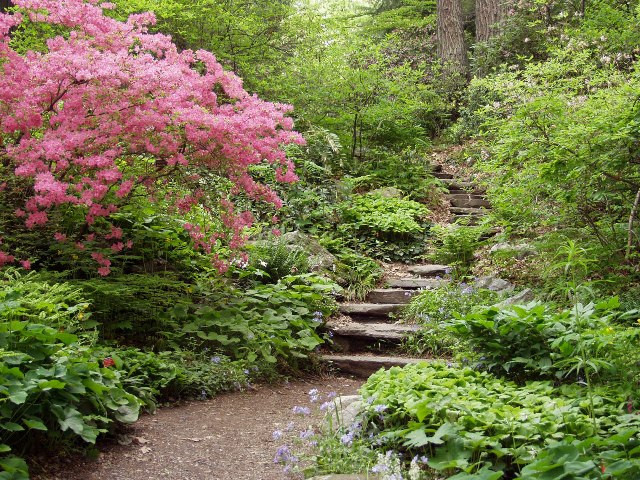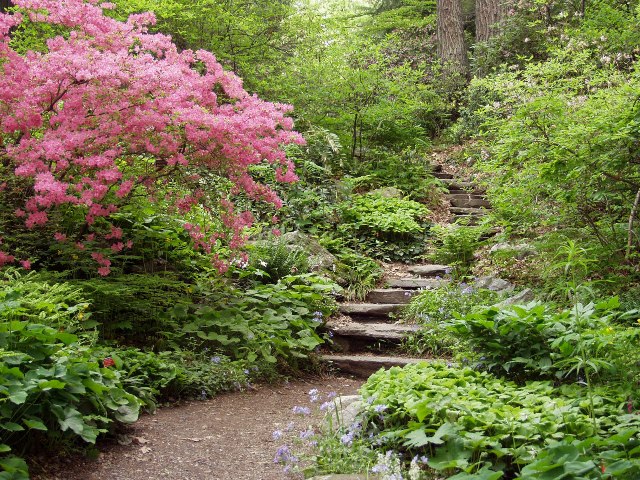NEWPORT — Spring has finally arrived in Vermont, and gardeners and landscapers are eagerly breaking out their shovels in anticipation of the year’s spring plantings.
Beyond the beauty new gardens provide, according to Vermont Fish & Wildlife biologist Jon Kart, landscapers can make a big difference for wildlife with the plants they choose,
“Native plants such as black elderberry or wild cherry trees help a variety of species in Vermont, from songbirds to black bears,” said Kart. “And, as concerns mount for pollinator insects, such as bumblebees and monarch butterflies, we’re strongly encouraging Vermont’s gardeners and landscapers to choose plants that help promote these native species.”
Kart says that while some plants may be attractive to birds for their fruit, gardeners should chose those plants whose fruit is high in nutritional value, helping migratory species be more prepared for treks to Central and South America in the fall. Recommended plants include native nannyberry, buttonbush, common winterberry, and silky dogwood, all beautiful and hardy shrubs.
“Fruit from these native plants is like health food to birds, providing them with a lot of nutrition,” said Kart. “When you plant native alternatives, you give birds, bees and butterflies the food and habitat they need to survive.”
Other one-time garden standbys, such as Japanese barberry and honeysuckle, are much less desirable nutritionally and can easily get out of hand.

Invasive plant species are frequently introduced into a new area by well-intentioned gardeners and landscapers, according to state botanist Bob Popp. These invasive plants can cause a variety of problems, such as crowding out native plants that provide food for wildlife or increasing erosion along stream banks.
Vermont Invasives, a joint effort by several Vermont nonprofit and government organizations, keeps a list of native plants that landscapers can use as an easy alternative to nonnative plants on their website at www.vtinvasives.org. The New England Wild Flower Society also maintains information on recommended native plants at www.newenglandwild.org.
For colorful fall foliage, Popp recommends that people plant sugar maple or red maple in place of Norway maple. He says that highbush blueberries also produce fall foliage along with tasty fruit. For privacy, Popp suggests people plant northern white cedar, white spruce or balsam fir as an alternative to blue spruce.
For low-lying wet areas or streambanks, dogwoods, alders, and native willows work best, but Popp advises people against nonnative trees such as white willow, the shrubby basket willow, or European black alder.
For gardeners looking for color, Popp suggests people look for wildflower mixes with a variety of native species such as wild bergamot and rudbeckia (also known as black-eyed Susans) which can help promote local pollinator insects.
“By choosing these plants, you’ll not only do something good for the environment, you’ll have the added enjoyment of attracting butterflies and songbirds into your yard,” said Popp.



